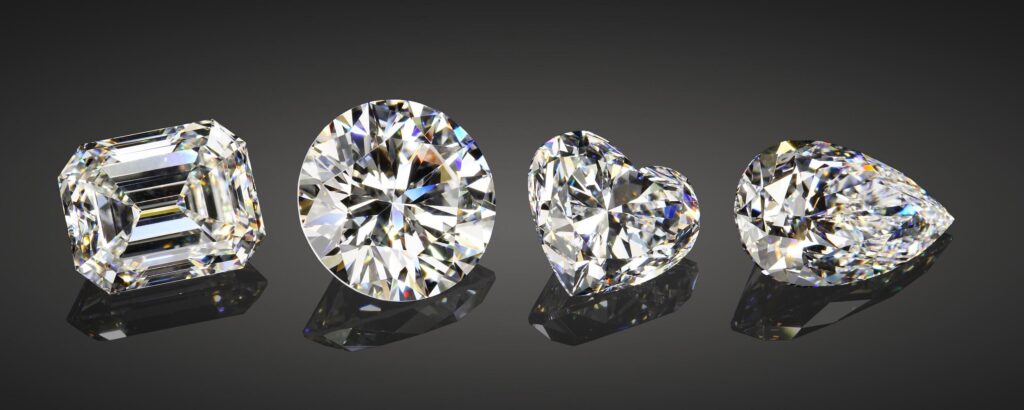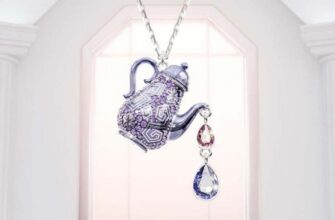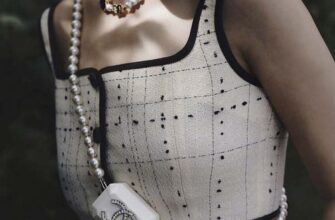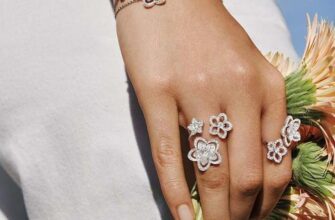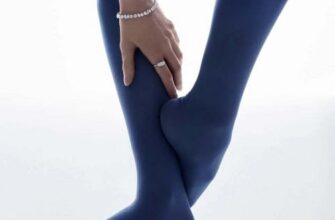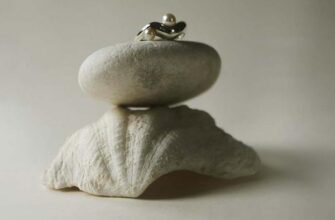A diamond in jewelry attracts our attention with its extraordinary play of light, size and cut shape. At the same time, his choice is similar to an exciting adventure, where in order to achieve the goal you need to know about the 4 C rating parameters and be sure of the authenticity of the gem.
Let's take a look at the most popular diamond cut shapes.
Round
This cut is considered a classic. If you look at the gem from above, you will see a circle. Hence the name. A round diamond has 57 facets, strictly verified proportions and symmetry, which allows light to penetrate into the gemstone, refract, reflect and return outward in full volume many times. The optical effect favorably emphasizes the play and brilliance of a natural diamond. We owe the perfect cut formula to Marcel Tolkowsky, who developed it in 1919.


Today, round diamonds are the most demanded and expensive. They perfectly complement any piece of jewelry, regardless of style and design. The round shape is versatile and suitable for both women and men of different ages.
Oval
Oval cut diamonds have excellent characteristics of the play of light and brilliance, close to those of a classic round diamond.
The Oval was developed over 60 years ago by the renowned jeweler and cutter Lazar Kaplan. The cut also has 57 facets. If we compare an oval and round diamond of the same mass, then the first one will seem larger.


Oval cut diamonds look great in rings, earrings and pendants. Being in the ring, the "oval" can visually lengthen the fingers, making them more graceful.
Pear
A pear cut diamond resembles the silhouette of a tear or a drop. It is a combination of the classic round cut and the marquise cut. This form has its roots in the XNUMXth century, when the rose and briolette cuts were very popular, the latter of which became the predecessor of the modern pear.

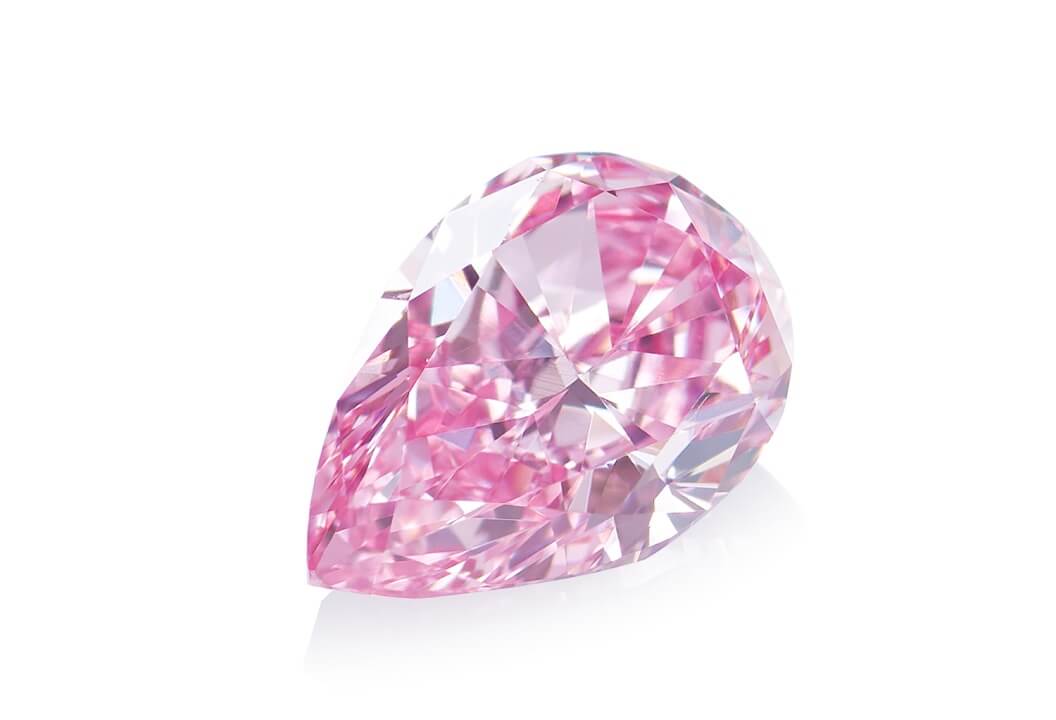
This diamond has 56 facets. Due to its unique symmetry, “pears” can often be seen as jewelry inserts in pendants and earrings, as well as as a central element in classic rings. "Pears" often attract lovers of everything unusual.
A princess
The fabulous name "princess" is borne by diamonds of a square or, less often, rectangular shape with sharp corners and 65 or 73 facets. After a round diamond, this cut is the second most popular.


Marquis
A marquis cut diamond is an elongated diamond that tapers towards both edges and resembles a small boat. According to legend, the "Marquis" got its name in honor of the smile of the favorite of King Louis XV, the Marquise de Pompadour.


The marquise-cut gem has 55 facets. Having appeared several centuries ago, today this form is a traditional classic and truly royal.
Emerald
"Emerald" is a so-called stepped rectangular cut with truncated corners. The shape has a rectangular contour and is used for large diamonds with high color and clarity characteristics.

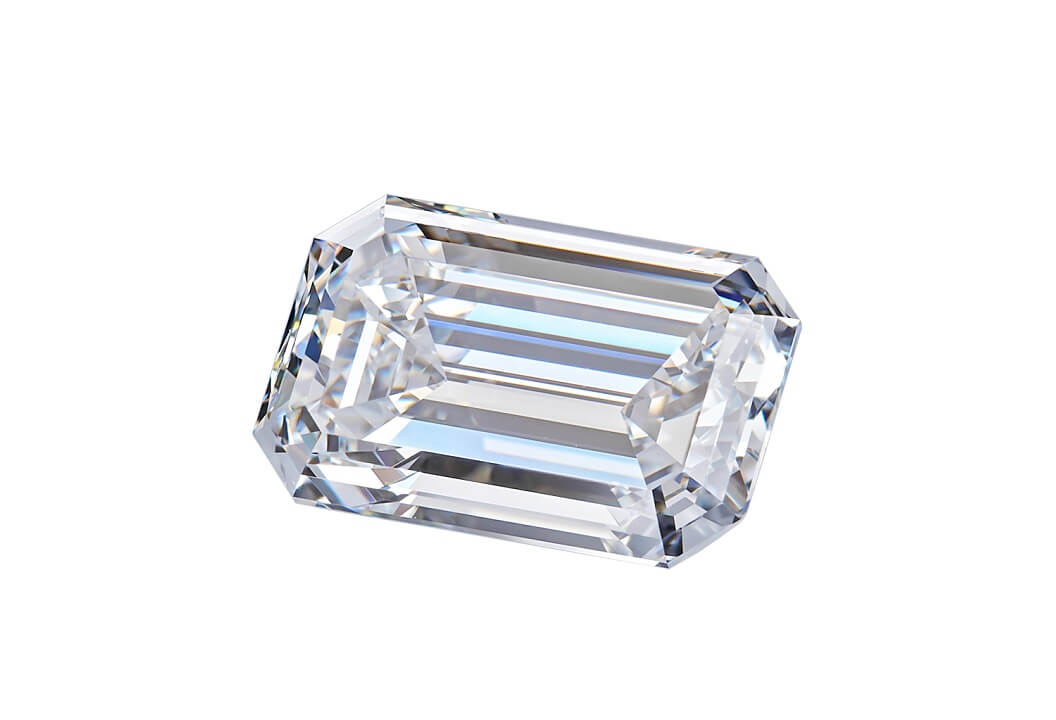
Curiously, the 65 facets reflect light with bright and wide flashes. This cut is a symbol of excellent taste, wealth and high status in society. As a rule, men and women of any age give preference to "emeralds".
Heart
The romantic but technically challenging shape of the heart cut perfectly reveals the true beauty of natural diamond. With 57 and 58 facets, these diamonds boast amazing play and brilliance.

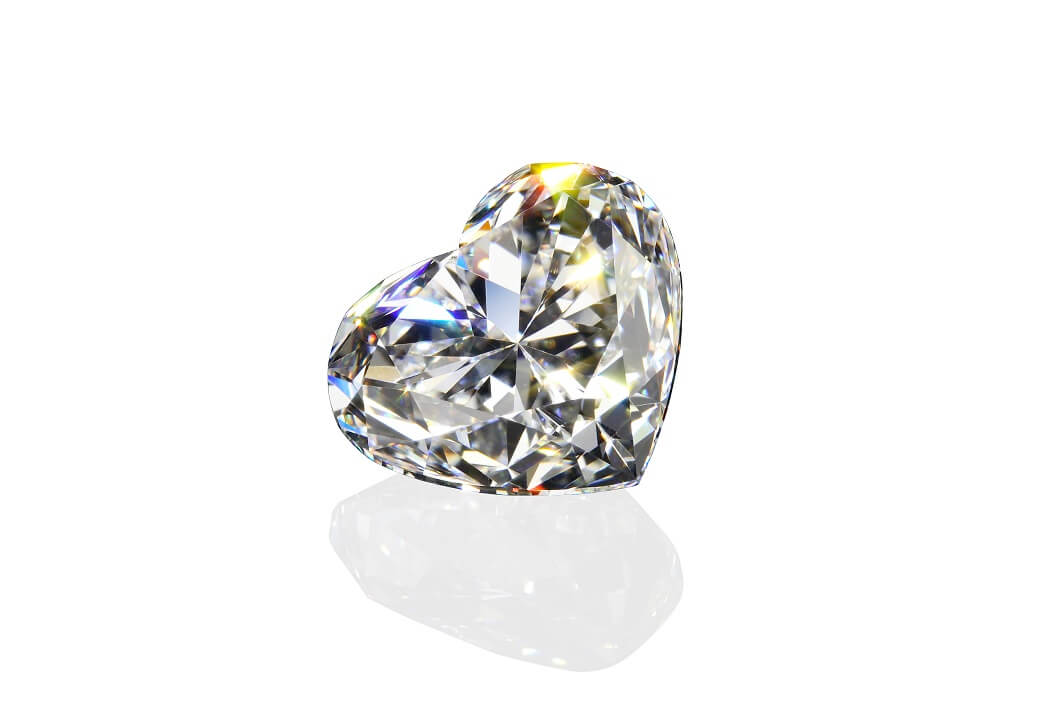
Usher
This type of cut was invented in 1902 by the hereditary jeweler Joseph Asher from Amsterdam in 1902. And although the peak of popularity of this form of diamonds came in the 1920s, now they are back in vogue.

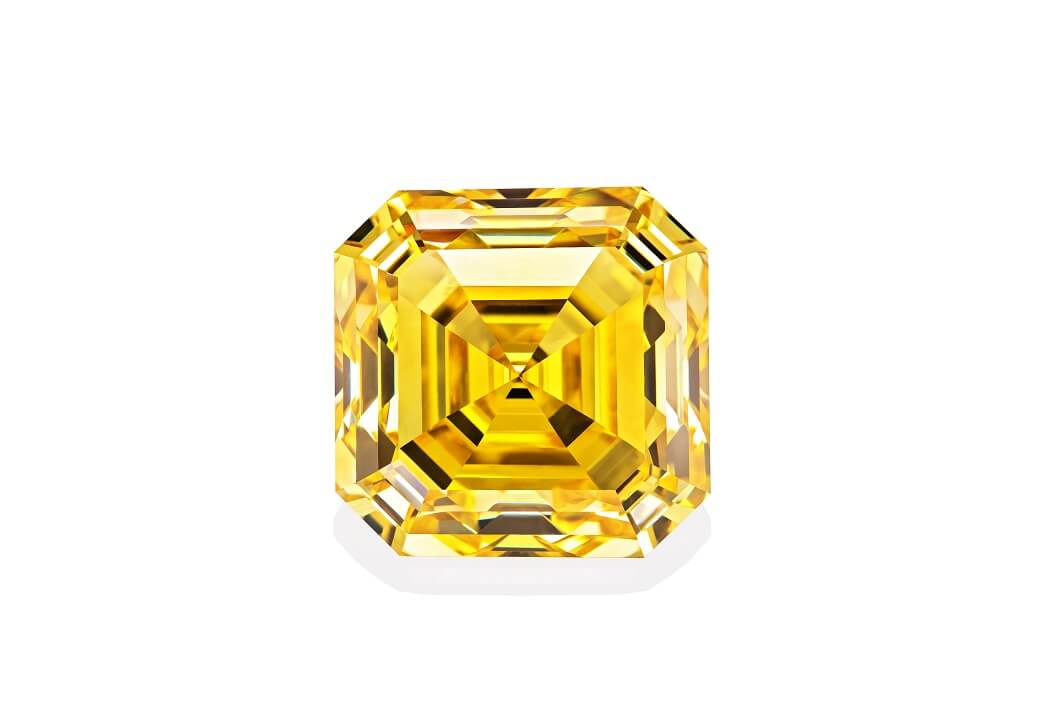
Radiant
The 70-sided square or rectangular "radiant" combines the play of the "princess" with the solidity of the stepped emerald cut. A distinctive feature of the "radiant" is the beveled corners. Thanks to them, it is versatile and easy to set, and also very suitable for men's jewelry.


Custom-made rings with radiant diamonds emphasize the status, style and taste of their owner.
Couchon
The elegant and unusual shape of the "cushion" cut, or as it is also called "cushion", is distinguished by round and rectangular outlines. Diamonds of this shape have 81 facets.


“Pads” have a unique ability to make the color brighter for perception, therefore, diamonds of rare fancy colors - yellow, pink, blue, etc. are usually cut in this way.
